Bibliography
Sprint time differences between single- and dual-beam timing systems
Sprint Running Performance Monitoring: Methodological and Practical Considerations

![]()
Welcome to Leeds Student Radio | By Students, For Students
@ThisIsLSR @IEEECampus https://t.co/ZW3efm7L8nhttps://t.co/aUy9sWf2rw pic.twitter.com/TZsf362CJH— Standards Michigan (@StandardsMich) May 6, 2023
🛍️ BUY YOURS NOW 🛍️
Follow the link below! ⬇️👇🛍️https://t.co/Kq056Bzd8K
There are three ways that you can join this amazing network of 50+ stations…
• Station Membership 🎙️📻
• Individual Membership 🤝
• Alumni Membership 👋🎓#SRA #SRAAwards #SRACon pic.twitter.com/du2C2zkRqH— Student Radio Association (@SRA) August 3, 2023
“Tune!FM is our very own, student-driven radio station, located at our Armidale campus. Our high-power, open narrowcasting service is operated by the legendary team from UNE Life alongside dedicated UNE students. The station services the University, our students globally, UNE staff and the greater Armidale community.”
West Virginia University Financial Statement 2022 | $1.178M
The WVU Extension is a primary outreach division of West Virginia University. With offices in each of the state’s 55 counties, Extension faculty and staff develop and deliver programs in leadership development, rural and community-based economic development, youth development, workforce development, and health education.
Ingredients
3 cups frozen strawberries or other frozen fruit
1 banana
1 cup yogurt (plain or vanilla)
1 handful spinach or kale
2 cups of milk
Directions
Wash fresh produce.
Collect and measure all ingredients before starting recipe.
Add the fruit, yogurt and greens to the blender.
Pour the milk into the blender.
Blend 30 to 45 second until smooth.
Refrigerate leftovers within two hours, and finish within two days.
Nutrition information per serving (recipe makes six one-cup servings):
Calories — 120; fat — 2g; carbohydrates — 21g; fiber — 2g; protein — 5g
This conversation was recorded in April 2024 at the Royal Institute of Great Britain in London. An edited version was premiered at Sana AI Summit on May 15 2024 in Stockholm, Sweden.
Geoffrey Hinton has been called “the godfather of AI” and is considered one of the most prominent thought leaders on the emergence of artificial intelligence. He has served as a faculty member at Carnegie-Mellon and a fellow of the Canadian Institute for Advanced Research. He is now Emeritus Professor at the University of Toronto. In 2023, Geoffrey left his position at Google so that he could speak freely about AI’s impact on humankind.
Fun fact: University Park is located right next to Smoothie King! 🥤 pic.twitter.com/Gmrlb2nKPb
— WVU University Apartments (@WvuApartments) September 15, 2023
Students living off campus can purchase Go plans, or any of our Prime and Dining Dollars-only plans that are available to be used at all of our retail or residential dining locations on campus.
Read about all of our plans here! ⬇️https://t.co/TxouPEuFTl pic.twitter.com/8Ga5pKADAk
— WVU Dining (@WVUDining) March 10, 2022
A rare find in best practice literature is a title that slices horizontally through a number of “silos” owned by US-based domain incumbents such as NFPA, ICC, IEEE and others. Several occupancy classifications run interstitially and present challenging risk aggregations–similarly recognized in the EU–when 100,000 people must be put out of harms way in less than 60 seconds. One such title is Code of Practice: BS 7827 Designing, specifying, maintaining and operating emergency sound systems for sports grounds, large public buildings, and venues. From the project prospectus:
Maintenance, Emergency measures, Safety devices, Reports, Crowd safety, Certification (approval), Inspection, Audio systems, Forms (paper), Speech transmission systems, Reliability, Instructions for use, Personnel, Sound intensity, Approval testing, Training, Audio equipment, Performance, Stadia, Warning devices, Electric power systems, Alarm systems, Signal distortion, Sports facilities, Safety measures, Public-address systems, Audibility, Acoustic measurement, Reception, Sound reproduction, Buildings, Control panels
The current 2019 Edition was released October 2019 and is assumed to be stable. You can tell by the list of normative references from European Union standards developers that event safety is an established discipline and one that requires continual attention despite the circumstances of the pandemic.

Michigan Stadium is the largest university-owned sports venue in the world. with nominal seating capacity of 110,000 and auxiliary enterprises that add another 20,000.
More information about how our colleagues may contribute to the development of future revisions to this titles should communicate directly with BSI Group Technical Committee EPL/100. We collaborate with European Union electrotechnical professionals through the IEEE Education & Healthcare Facilities Committee which meets online 4 times monthly in European and American time zones.
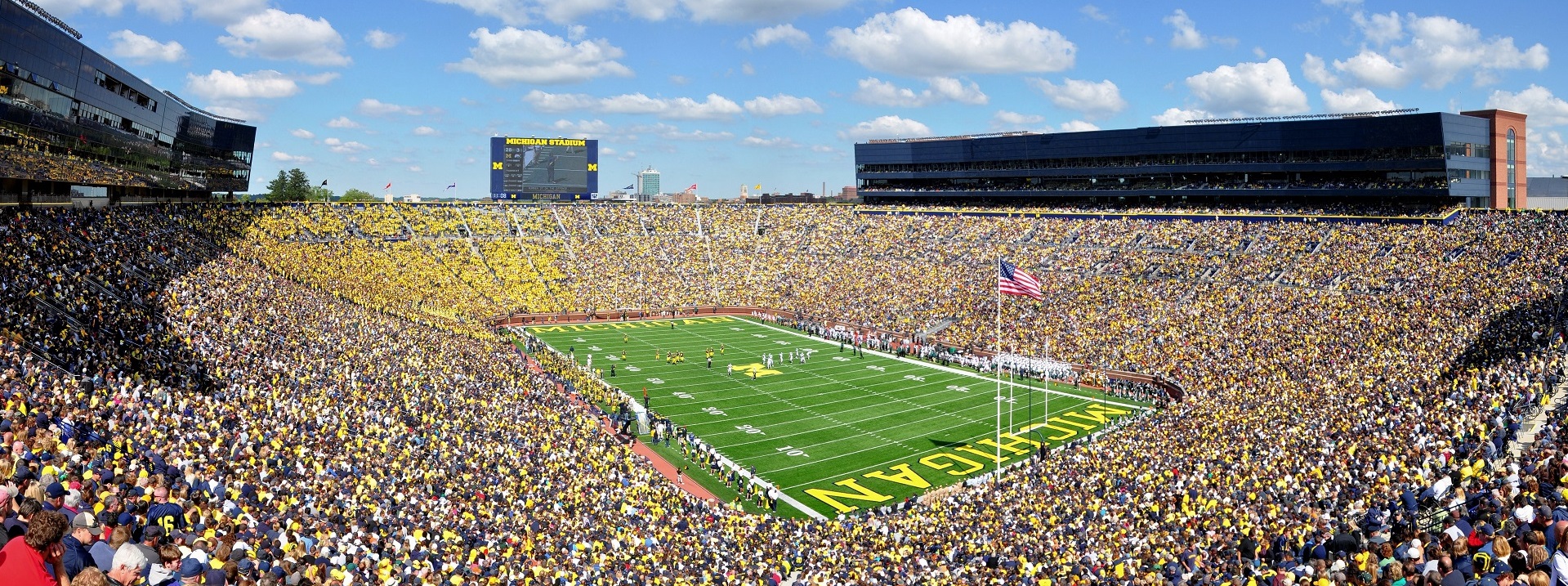
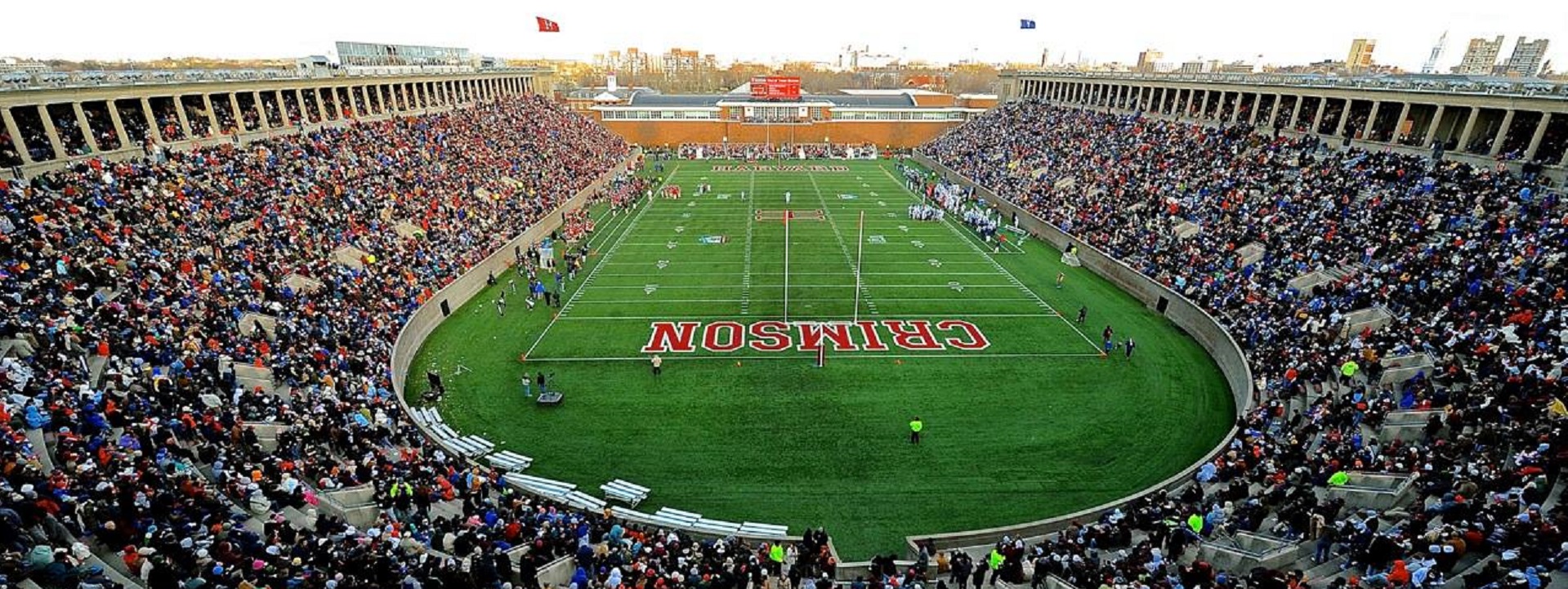
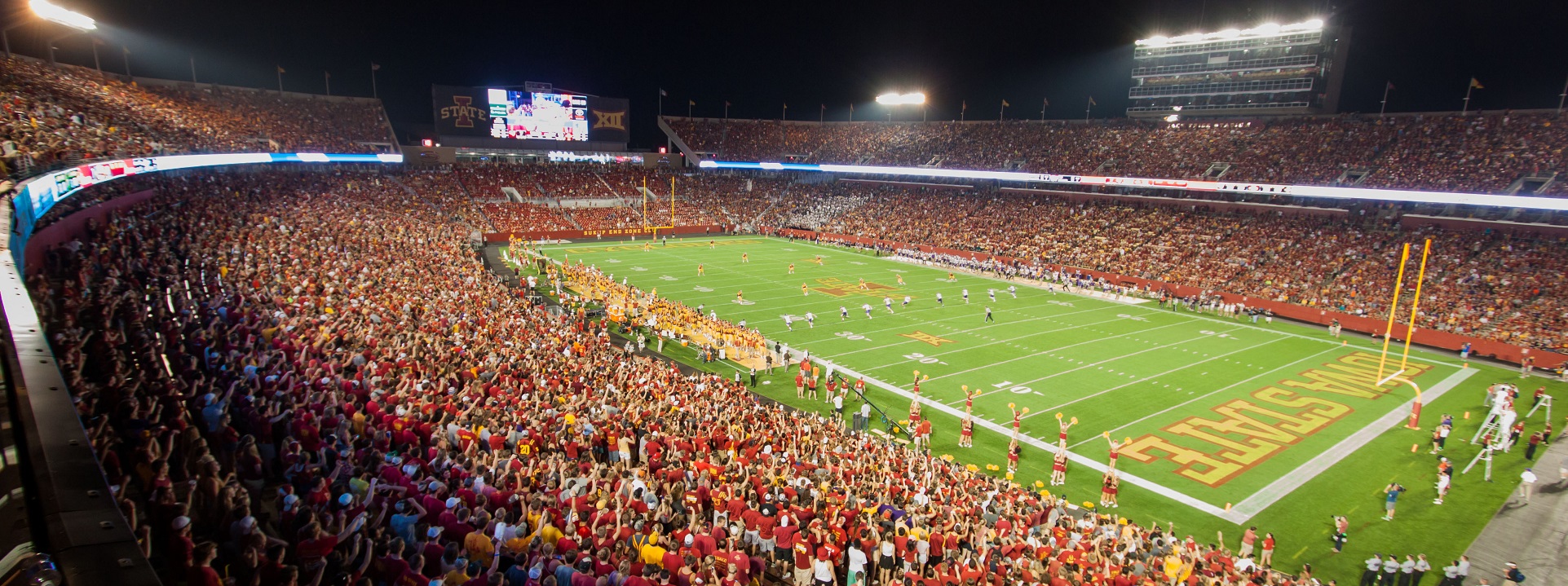
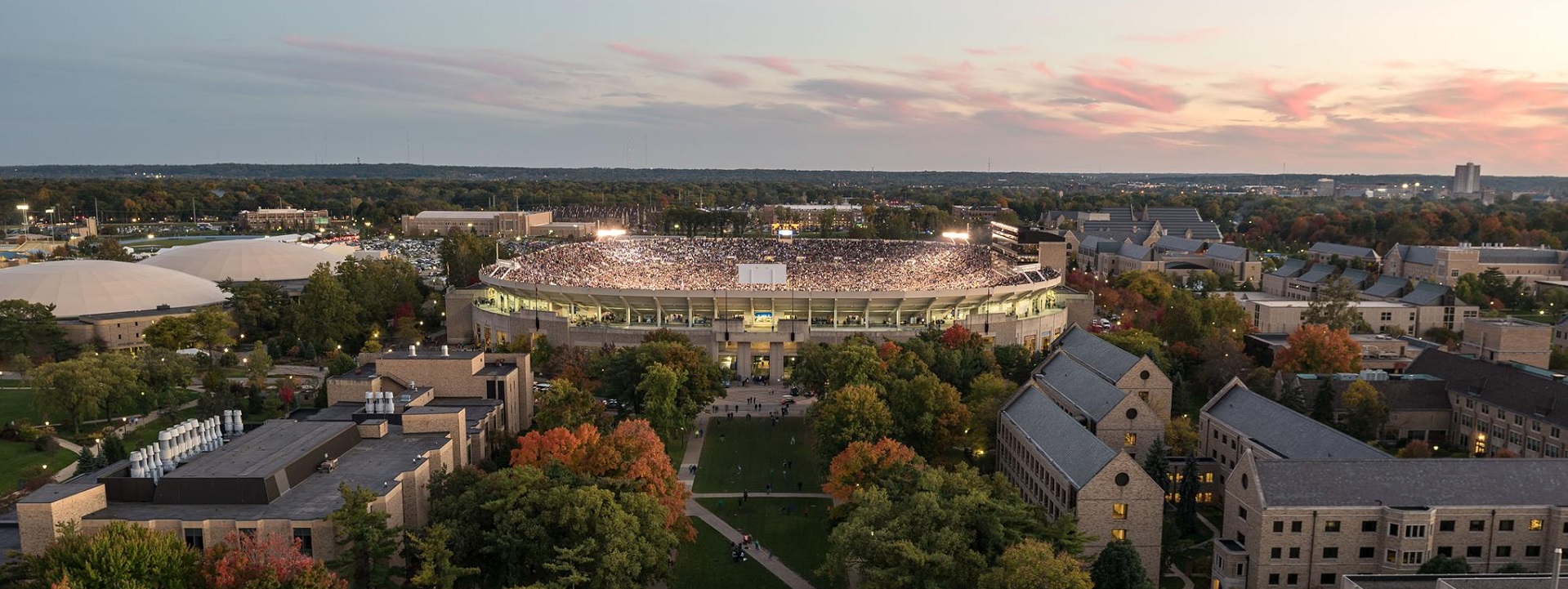
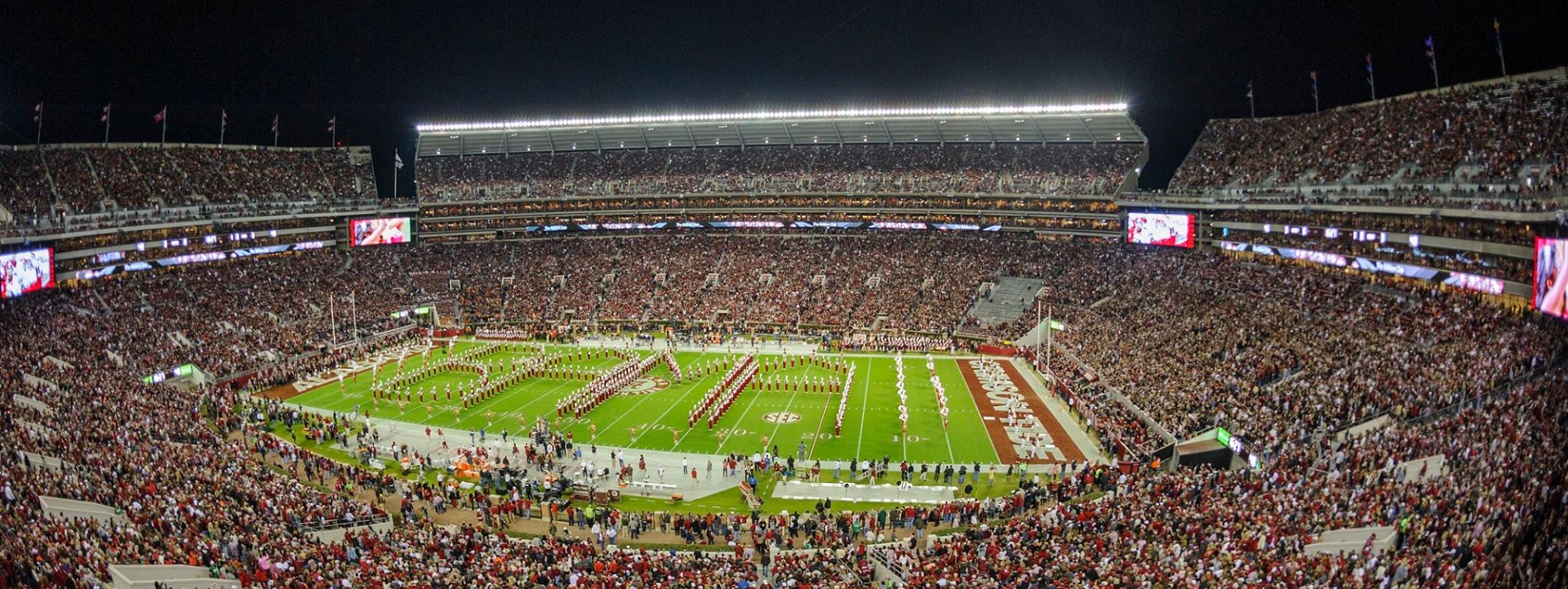
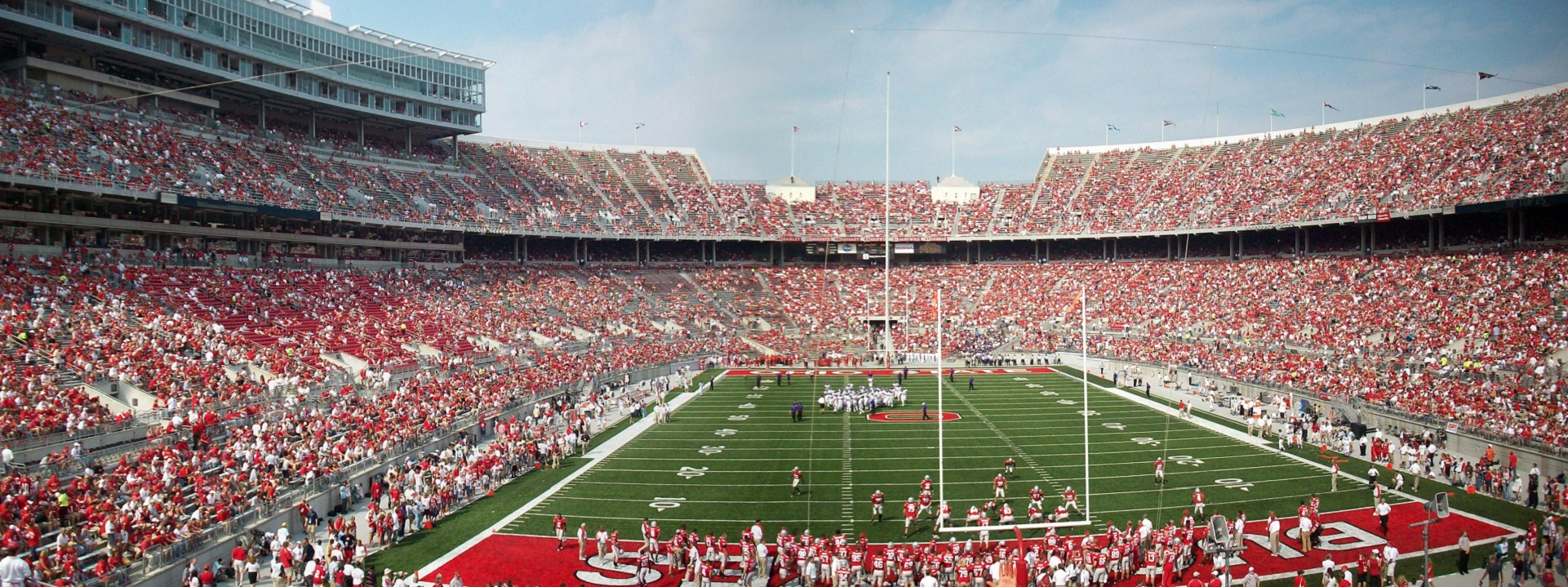
We maintain this title on the standing agenda of our Sport and Global colloquia. See our CALENDAR for the next online meeting; open to everyone.
Issue:[19-158]
Category: Sport, Global, Information & Communications Technology, Life Safety
Colleagues: Mike Anthony, Jim Harvey, Mike Hiler
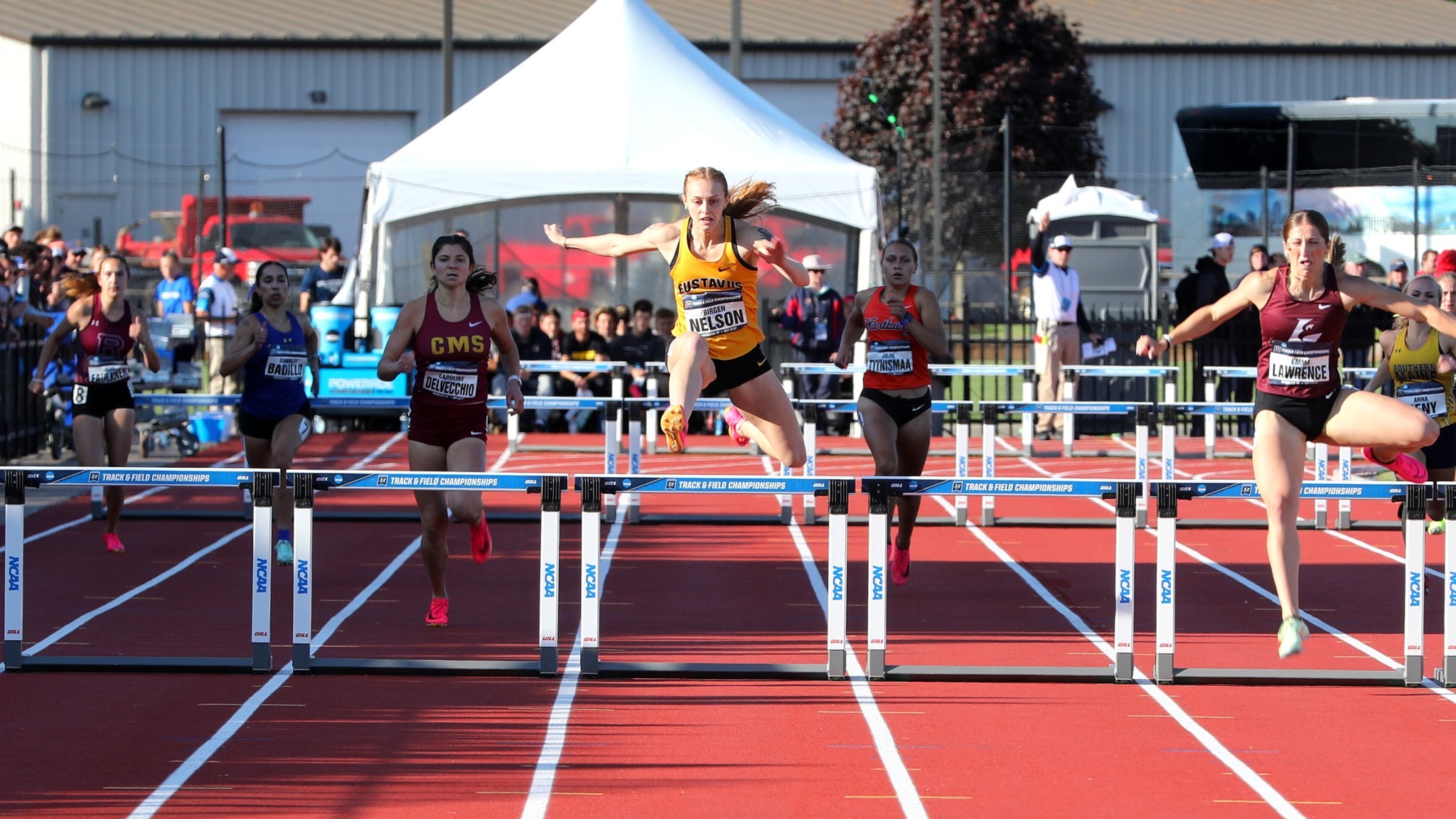
Gustavus Adolphus College | Nicollet County Minnesota
Beautiful day in the neighborhood 🤟☀️ pic.twitter.com/BRbrh8Ey8Y
— Bobby Guntoro (@bobbygunt) April 4, 2024
underway on our home track!! 🏡🍊 pic.twitter.com/iNjBL5h6mH
— Tennessee Track & Field (@Vol_Track) April 5, 2024
The Spartans swept the podium in not 1, not 2, but 3 races in a row today 😤#GoGreen pic.twitter.com/UZ1nI4X84l
— MSU Track & Field/XC (@MSU_TFXC) April 6, 2024
Recreational sports, athletic competition, and the facilities that support it, are one of the most visible activities in any school, college or university in any nation. Arguably, these activities resemble religious belief and practice. Enterprises of this kind have the same ambition for safety and sustainability at the same scale as the academic and healthcare enterprises.
According to IBISWorld Market Research, Sports Stadium Construction was a $6.1 billion market in 2014, Athletic & Sporting Goods Manufacturing was a $9.2 billion market in 2015, with participation in sports increasing 19.3 percent by 2019 — much of that originating in school, college and university sports and recreation programs. We refer you to more up to date information in the link below:
Sports & Athletic Field Construction Industry in the US – Market Research Report
Today at the usual time we will update our understanding of the physical support systems for the track and field activity listed below:
Open to everyone. Log in with the credentials at the upper right of our home page.
Chariots of Firehttps://t.co/frg3Br2y4Q@EdinburghUnihttps://t.co/6sAikAY4ME pic.twitter.com/SCVu1tDFBo
— Standards Michigan (@StandardsMich) March 6, 2021
Issue: [19-46]
Category: Athletics and Recreation, International,
Contact: Mike Anthony, Jack Janveja, Christine Fischer
More
This content is accessible to paid subscribers. To view it please enter your password below or send mike@standardsmichigan.com a request for subscription details.
After athletic arena life safety obligations are met (governed legally by NFPA 70, NFPA 101, NFPA 110, the International Building Code and possibly other state adaptations of those consensus documents incorporated by reference into public safety law) business objective standards come into play. The illumination of the competitive venue itself figures heavily into the quality of digital media visual experience and value.
For almost all athletic facilities, the consensus documents of the Illumination Engineering Society[1], the Institute of Electrical and Electronic Engineers[2][3] provide the first principles for life safety. For business purposes, the documents distributed by the National Collegiate Athletic Association inform the standard of care for individual athletic arenas so that swiftly moving media production companies have some consistency in power sources and illumination as they move from site to site. Sometimes concepts to meet both life safety and business objectives merge.
The NCAA is not a consensus standard developer but it does have a suite of recommended practice documents for lighting the venues for typical competition and competition that is televised.
It welcomes feedback from subject matter experts and front line facility managers.
Our own monthly walk-through of athletic and recreation facility codes and standards workgroup meets monthly. See our CALENDAR for the next online Athletics & Recreation facilities; open to everyone.
Issue: [15-138]*
Category: Electrical, Architectural, Arts & Entertainment Facilities, Athletics
Colleagues: Mike Anthony, Jim Harvey, Jack Janveja
92,003 in attendance.@HuskerVB breaks the world record for the largest crowd ever at a women’s sporting event 👏 @espnW | #ThatsaW pic.twitter.com/ChyhUCvaAZ
— ESPN (@espn) August 31, 2023
This may be the rally of the week and we haven't even made it to Friday yet!#NCAAVB #SCtop10
(via @SFA_Volleyball)pic.twitter.com/2h6OvVB1ty— NCAA Women's Volleyball (@NCAAVolleyball) November 2, 2018
[1] Illumination Engineering Handbook
[2] IEEE 3001.9 Recommended Practice for Design of Power Systems for Supplying Lighting Systems for Commercial & Industrial Facilities
[3] IEEE 3006.1 Power System Reliability
* Issue numbering before 2016 dates back to the original University of Michigan codes and standards advocacy enterprise
New update alert! The 2022 update to the Trademark Assignment Dataset is now available online. Find 1.29 million trademark assignments, involving 2.28 million unique trademark properties issued by the USPTO between March 1952 and January 2023: https://t.co/njrDAbSpwB pic.twitter.com/GkAXrHoQ9T
— USPTO (@uspto) July 13, 2023
Standards Michigan Group, LLC
2723 South State Street | Suite 150
Ann Arbor, MI 48104 USA
888-746-3670
